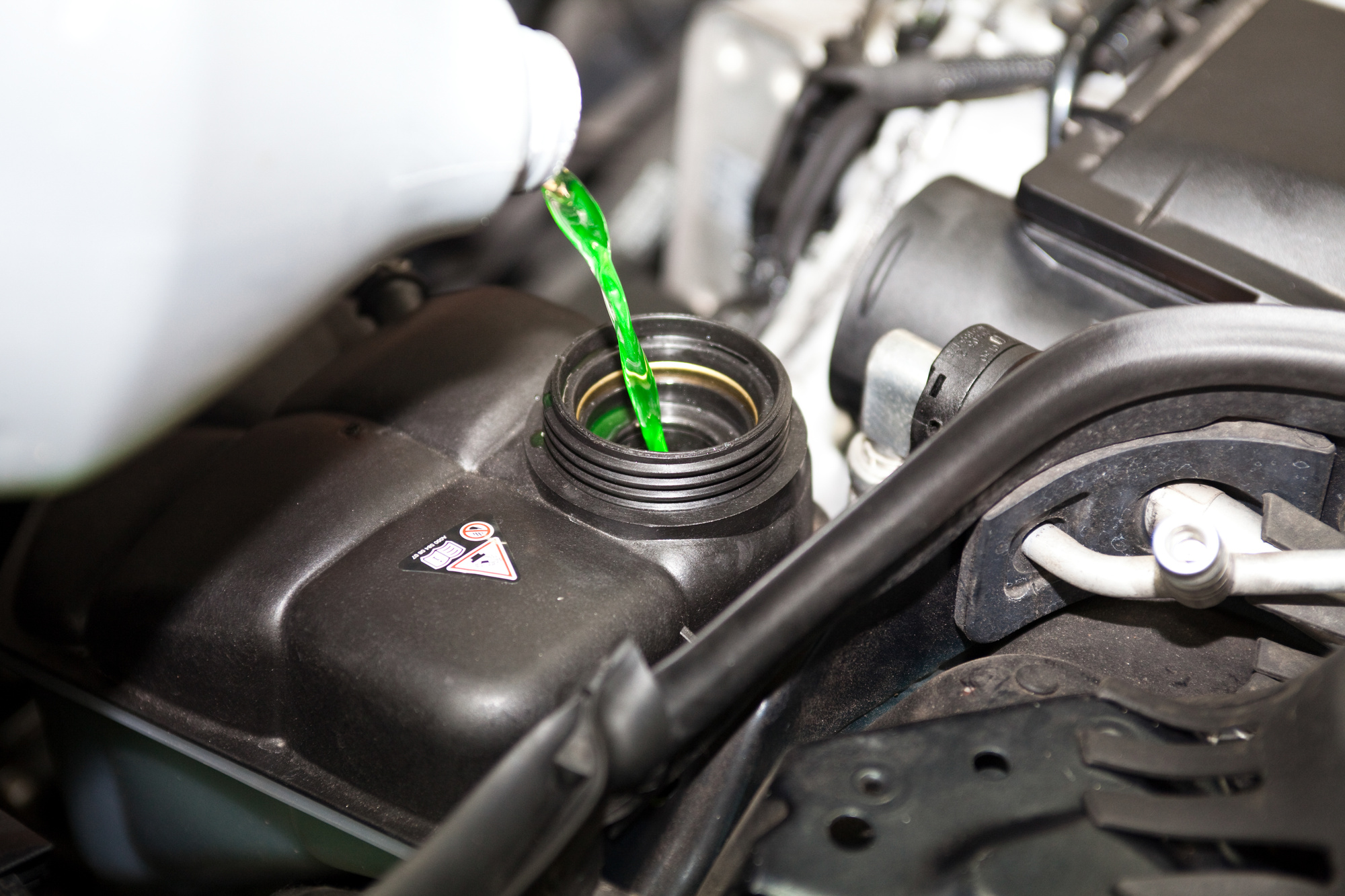Do you own a BMW?
If so, then you understand the privilege of driving such an amazing example of German engineering. BMW has long been known as a symbol of quality around the world.
The key is learning to properly care for your luxury care so that it will remain in top form for many years. Fortunately, the information contained here can help.
This article takes a look at one of the most important aspects of basic BMW maintenance: changing the engine coolant.
Continue reading to discover a DIY guide to changing your BMW engine coolant so it will run reliably throughout the year.
Buying the Right Coolant
The first step is to make sure you buy the right type of coolant for your car. This is especially true when changing the coolant in your BMW.
Be sure to check your owner’s manual to find the exact product recommended by the manufacturer. This will help prevent unnecessary damage to your radiator and engine.
It’s also important to avoid purchasing “universal” coolants that claim to be designed for use in any type of vehicle. Why? Well, because the wrong coolant results in damage to metal alloys, gaskets, seals, and other parts of your BMW.
The proper coolant might cost a premium price, but the results will be worth every extra dollar you spend.
Here’s a great source for BMW antifreeze coolant.
The Tools You’ll Need
The tools used for changing BMW engine coolant are pretty basic. They include a drain pain for removing old coolant, a socket wrench for removing the splash shield, a screwdriver or Allen key, and a funnel for pouring the new coolant into the radiator.
Draining the Old Coolant
When draining the old coolant from your engine, you’ll need to first plan a drain pan beneath the radiator plug. Keep in mind that coolant can stain your driveway or garage floor.
Once the drain pan is in place, carefully remove the plug and allow the old coolant to fully drain. This could take several minutes.
Flushing the System
Next, it’s a good idea to perform a system flush using distilled water.
Once the old coolant has drained, turn the car on and leave the heater running at the max setting. This will allow the engine to reach its normal running temperature.
While the engine is running, pour distilled water into the radiator and allow it to circular through the engine for several minutes. This will flush out all remaining coolant from your engine block.
Refilling With New Coolant
Now you’re ready to fill the radiator with new coolant. Again, check the owner’s manual to determine the proper amount. In most BMW cars, this will be about 10 liters of coolant.
A Guide to Changing BMW Engine Coolant
When it comes to basic engine maintenance, every BMW owner should know, keeping it topped off with coolant should be at the top of your list. Fortunately, this guide to changing engine coolant will help make the process a breeze.
Please continue exploring this blog to discover more helpful automotive-related tips and advice.

